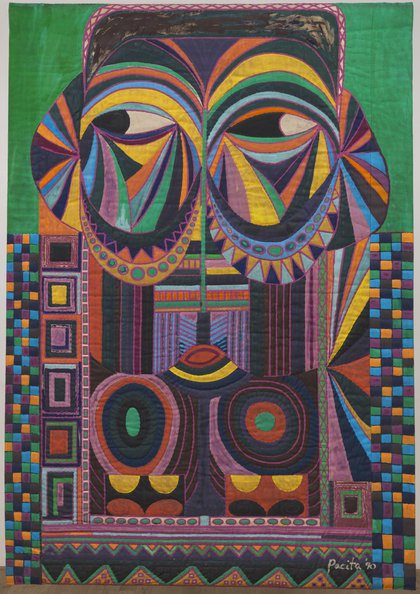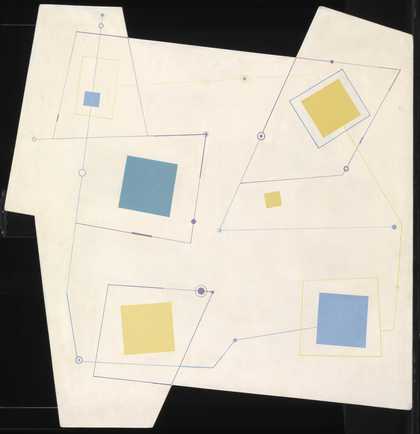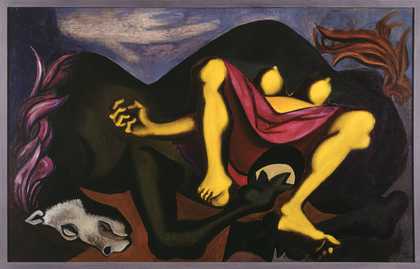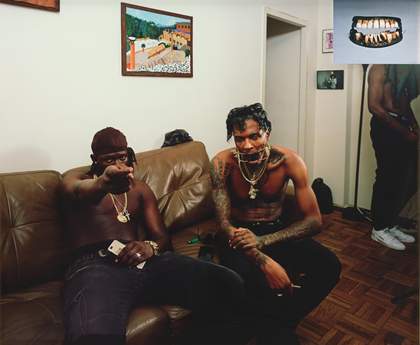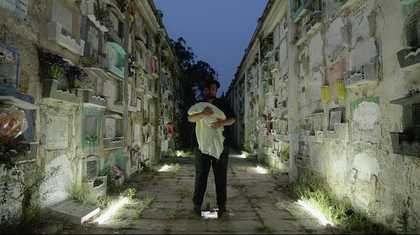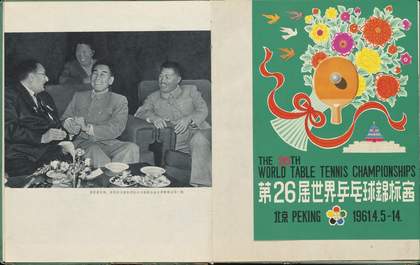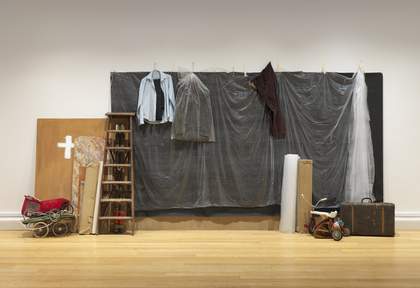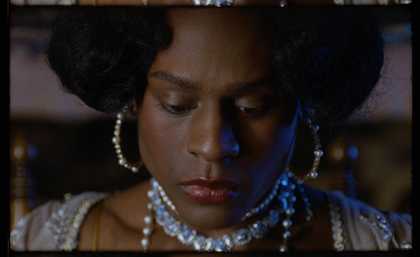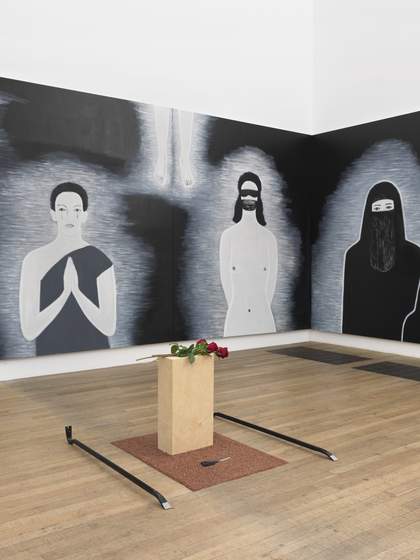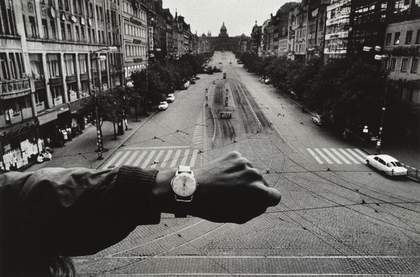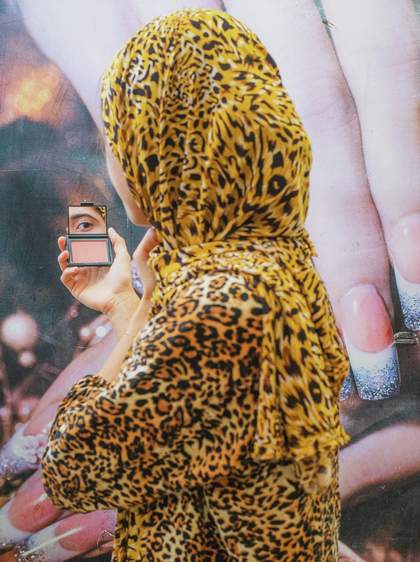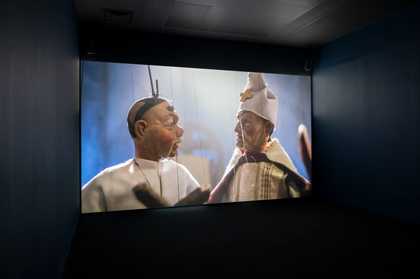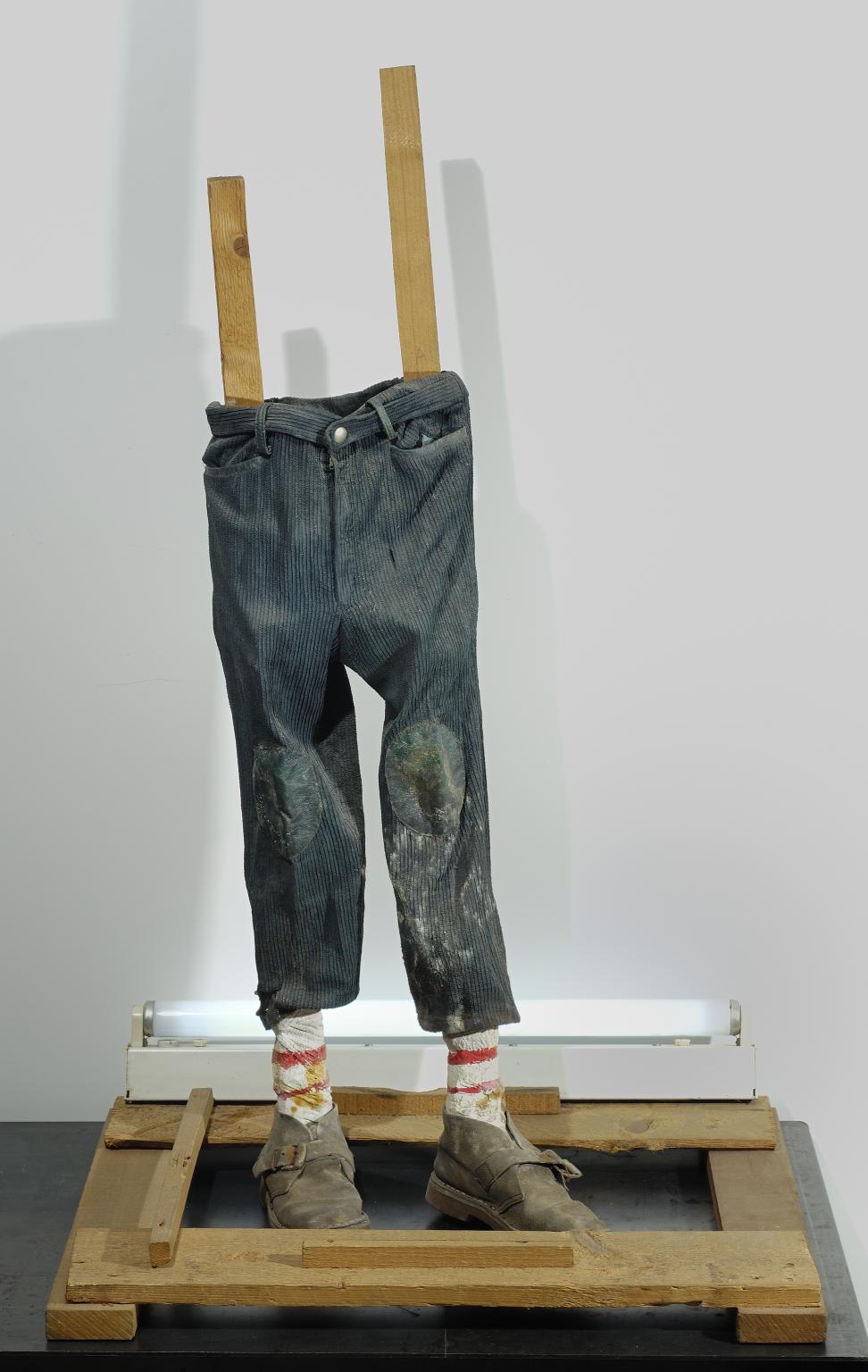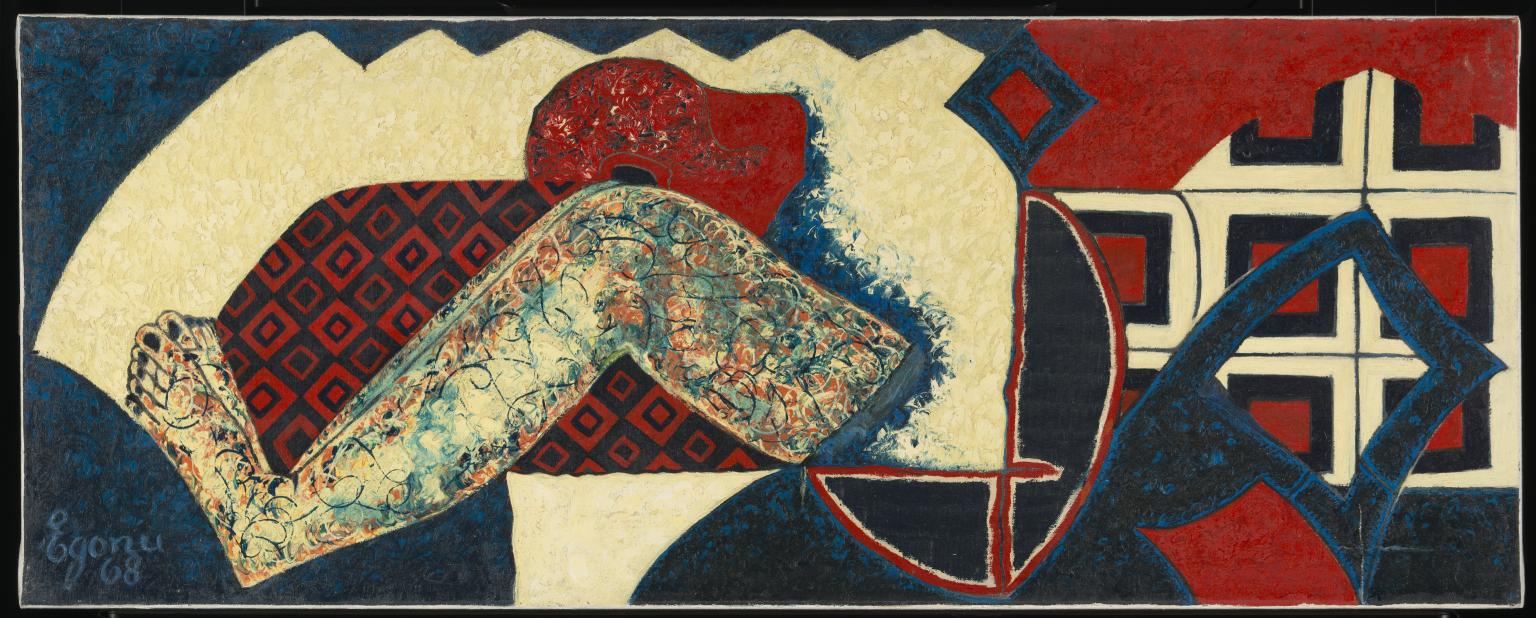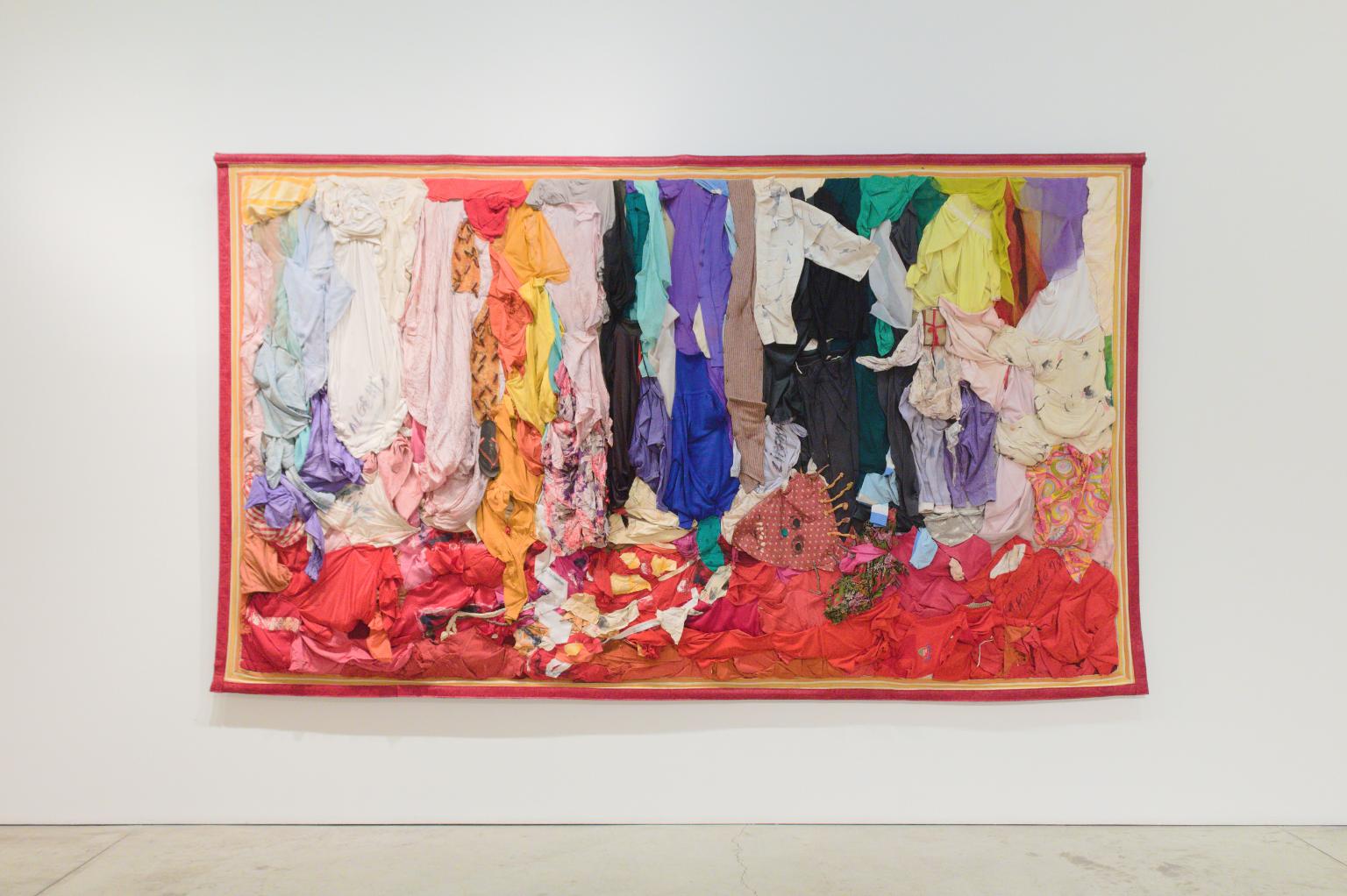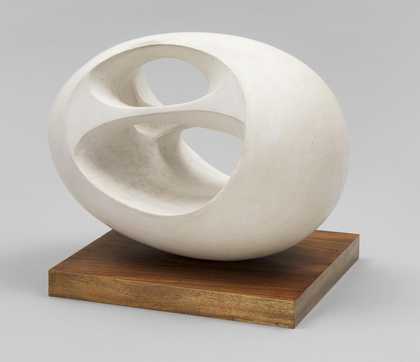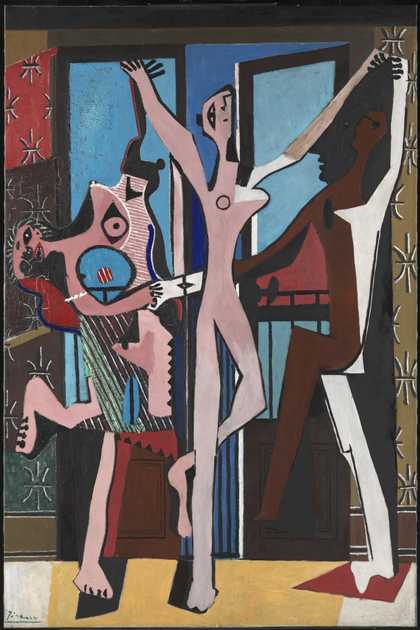Free Display
Artist and Society
Explore artworks from Tate's collection that respond to their social and political context
This wing is concerned with the ways in which artists engage with social ideals and historical realities. Though some artists associated modernism with a utopian vision, art has also provided a mirror to contemporary society, sometimes raising awareness about urgent issues or arguing for change. Whether through traditional media or moving images, abstraction or figuration, militancy or detached observation, all the artworks in this wing highlight aspects of the social reality in which they were made, and try to generate a reaction and convey a more or less explicit message to their publics.
13 rooms in Artist and Society
Highlights
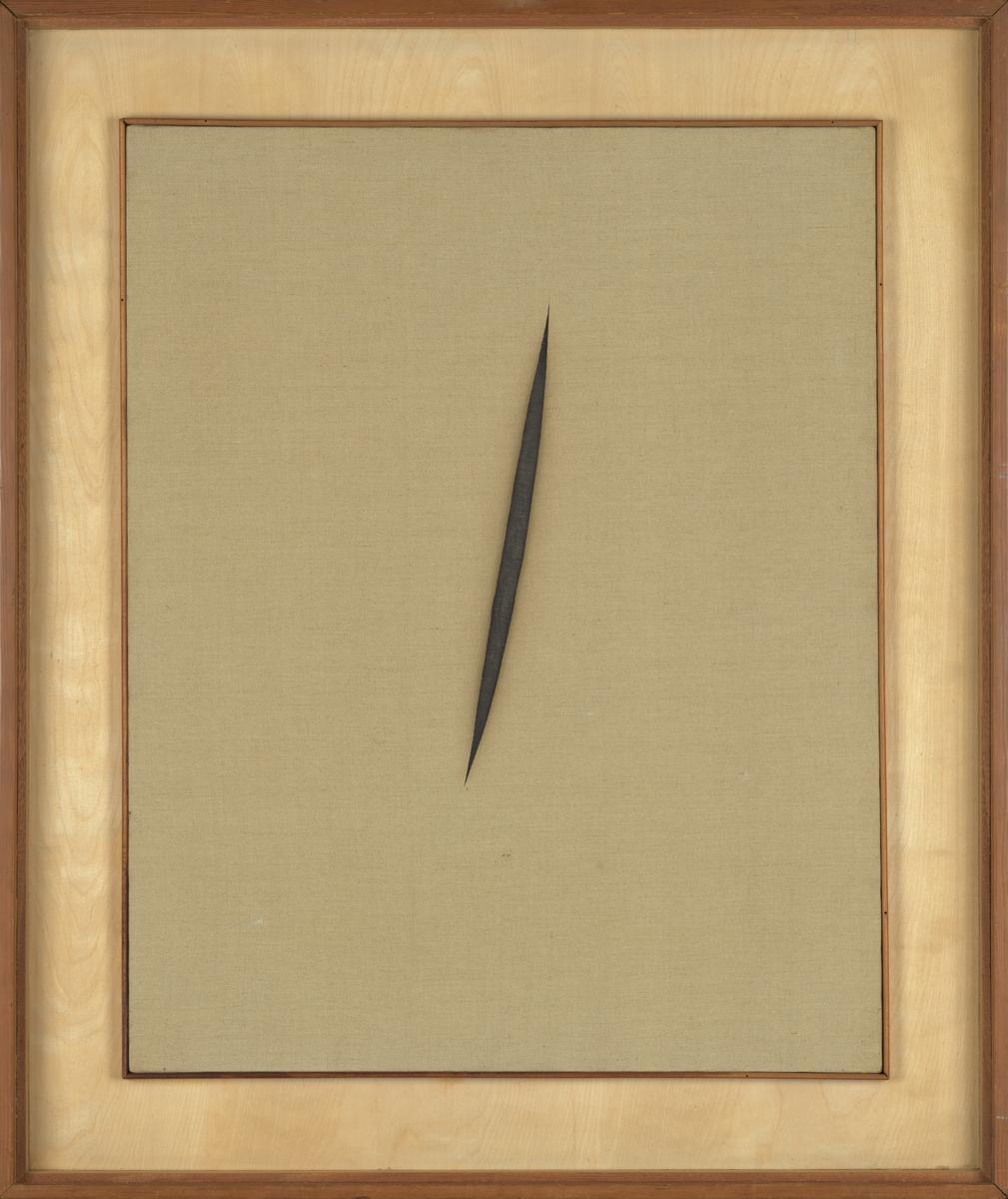
Lucio Fontana
Spatial Concept ‘Waiting’
1960
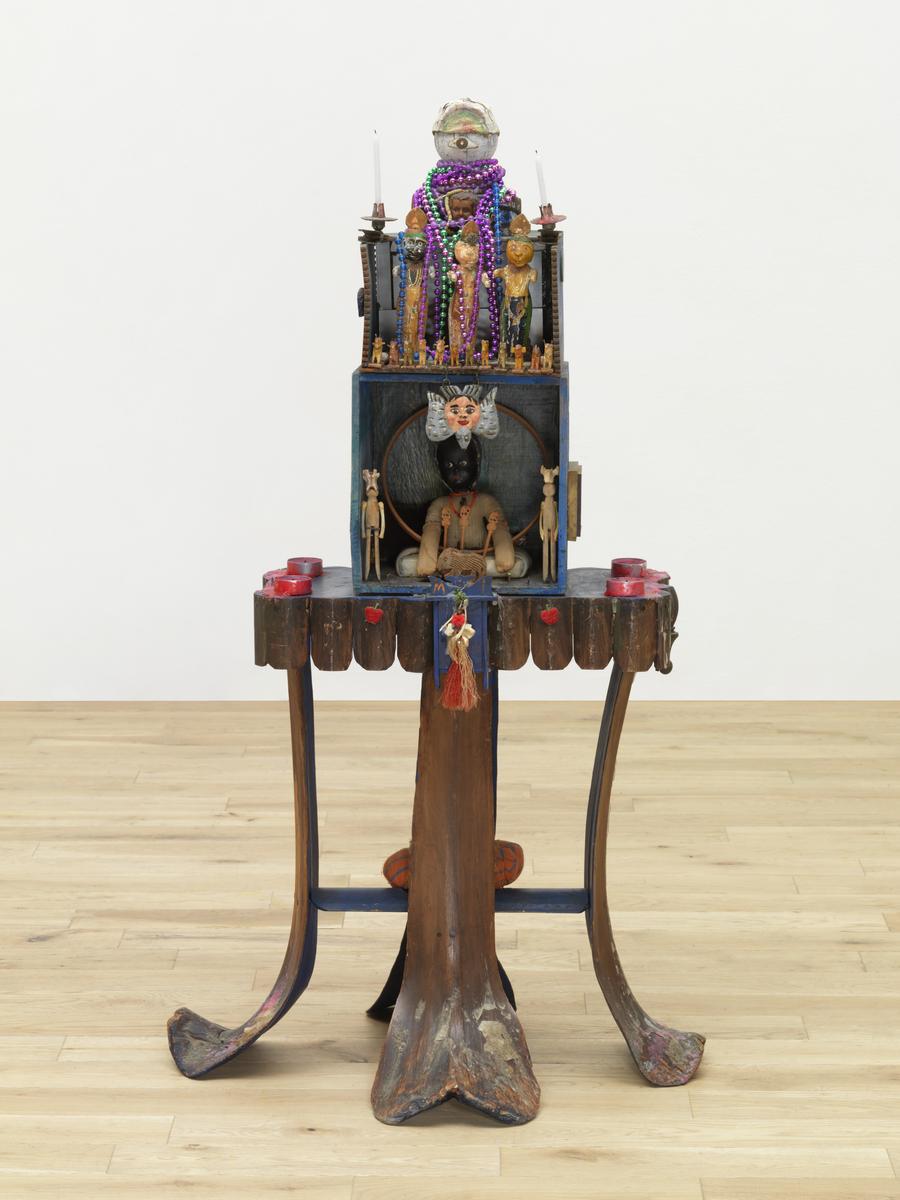
Betye Saar
Mti
1973
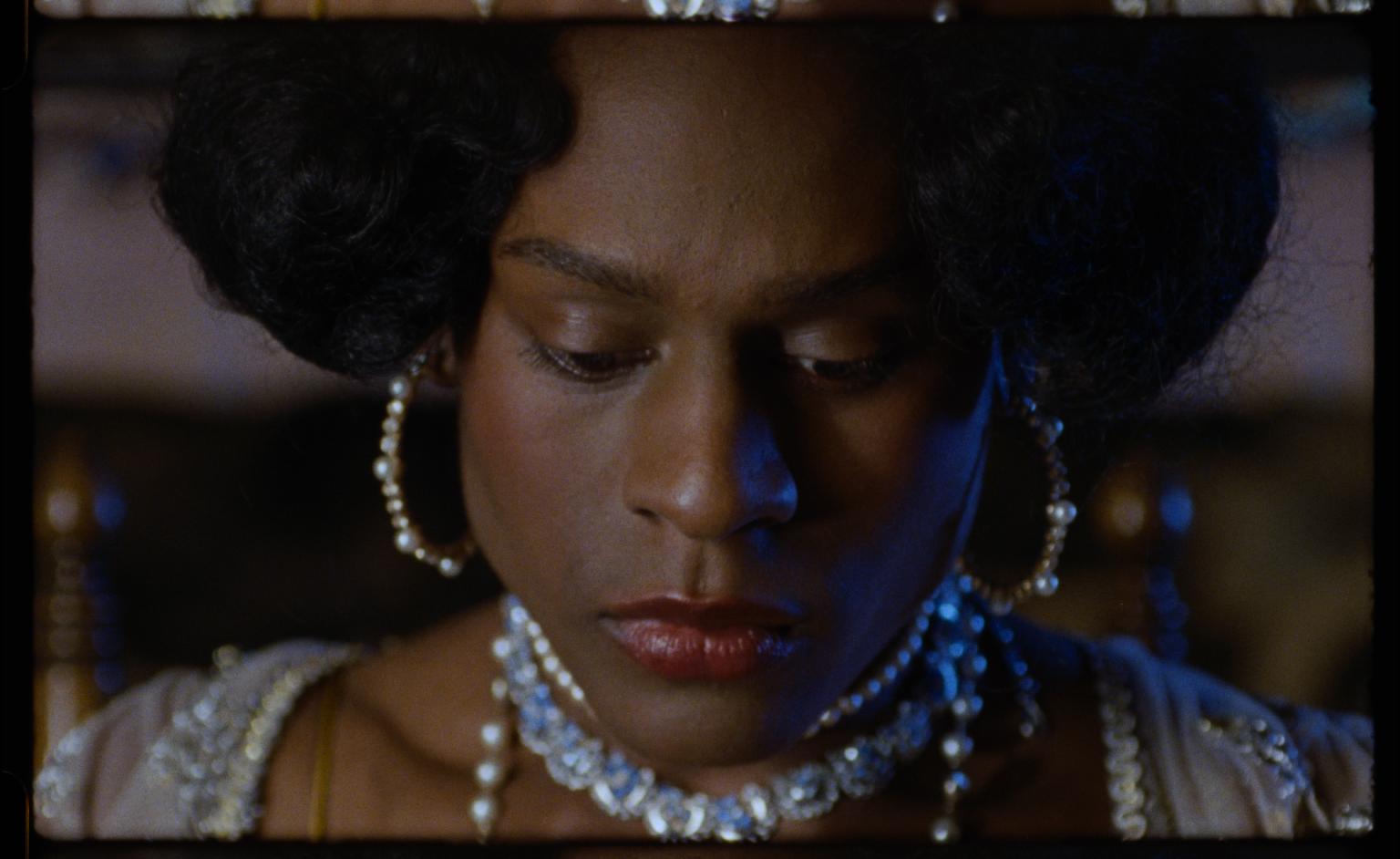
Tourmaline
Salacia
2019
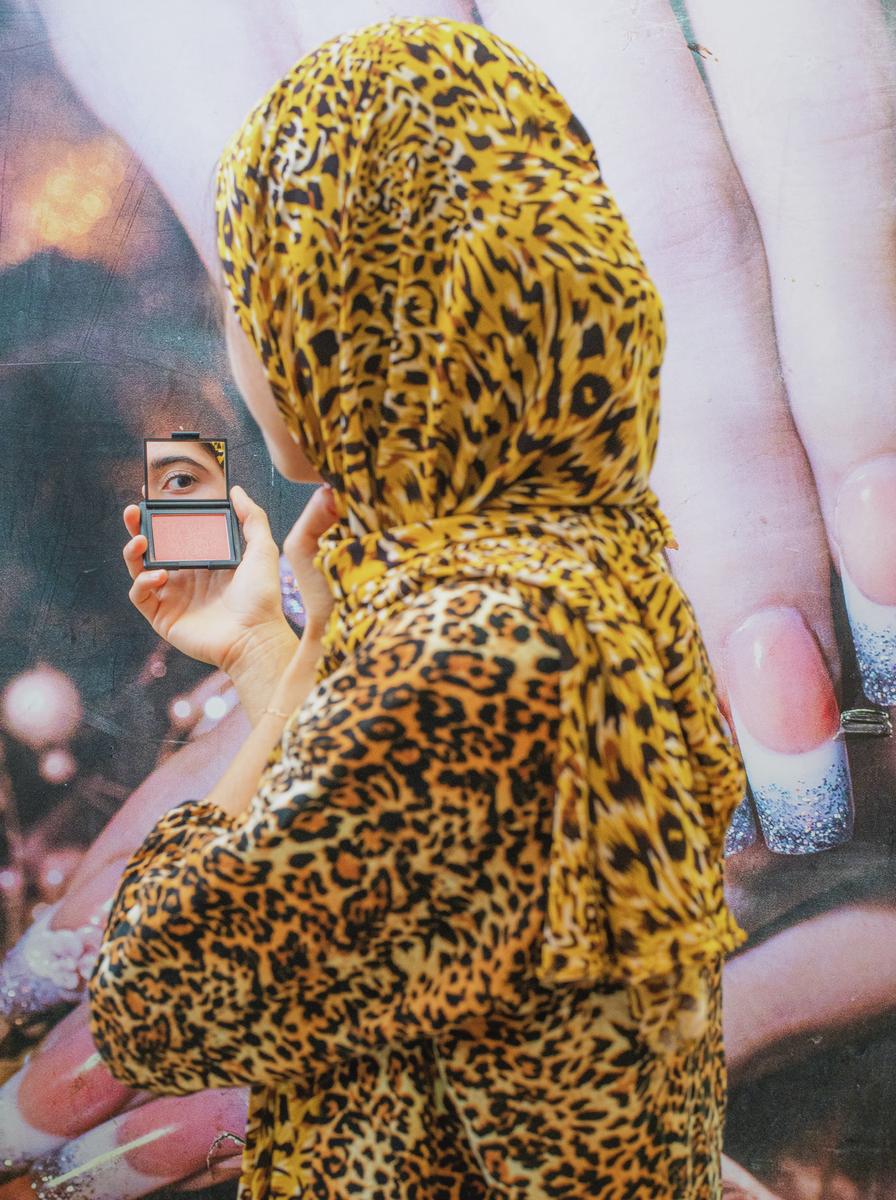
Farah Al Qasimi
Woman in Leopard Print
2019
You've viewed 4/7 highlights
You've viewed 7/7 highlights


